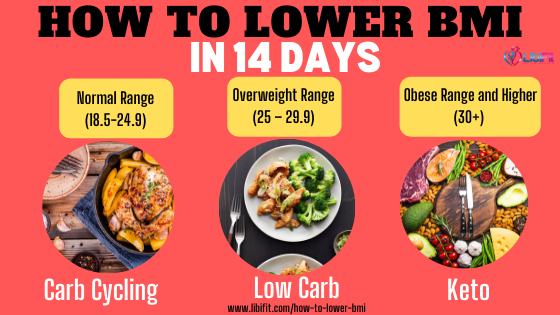How to lower BMI? – This is one of the most common questions that inevitably arise as you embark on your fitness journey. After all, BMI is one of the simplest ways to measure a person’s fitness level. To reduce BMI, you must follow the right approach to exercise, stick to a lower BMI diet, and stay committed.
Needless to say, we’ll be approaching the question of how to lower BMI with a specific focus on the female body. We’ll be delving into the best ways to lower BMI faster, as well as outline a simple lower BMI diet that anyone can follow.
What is BMI?
Before tackling the matter of how to lower BMI, we must first answer the basic question: what is BMI?
Put simply, BMI stands for Body mass index. It is a ratio of your weight and height. To get your BMI, all you need to do is get on a weighing scale and take note of your weight in kilograms. Then, divide this number by the square of your height in meters.
Based on the resulting ratio, you can then proceed to categorize yourself as underweight, healthy, overweight, or obese. It is extremely straightforward and serves as a simple way to categorize your fitness levels.
Why is BMI Important?
BMI is an important tool to assess one’s health and fitness. Specifically, the BMI metric can effectively assess your metabolic rate and your likelihood of developing certain diseases in the future. While it doesn’t directly measure a person’s body fat, it can make a strong assessment of your overall health through other correlated factors.
For instance, if you determine that you are underweight, it is safe to say that you are also at risk of developing health issues anemia, and osteoporosis later on. Moreover, underweight women find themselves especially at risk of malnutrition.
Conversely, being overweight or obese also has its share of health risks. It is no secret that being overweight puts you at risk for a whole range of chronic conditions including:
- Heart Problems
- Cardiovascular Diseases
- High Blood Pressure
- Type 2 Diabetes
- Musculoskeletal problems
This list of diseases should also explain why more and more women are looking for ways how to lower BMI.
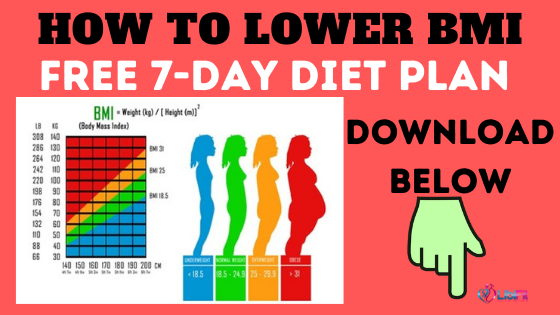
BMI Calculator
Before you can work on ways to reduce BMI, you must first have a clear idea of where you stand. Be sure to give this BMI calculator a try.
BMI Chart for Women
| Category | BMI |
| Underweight | Below 18.5 |
| Healthy weight | 18.5–24.9 |
| Overweight | 25.0–29.9 |
| Obese | 30.0 and higher |
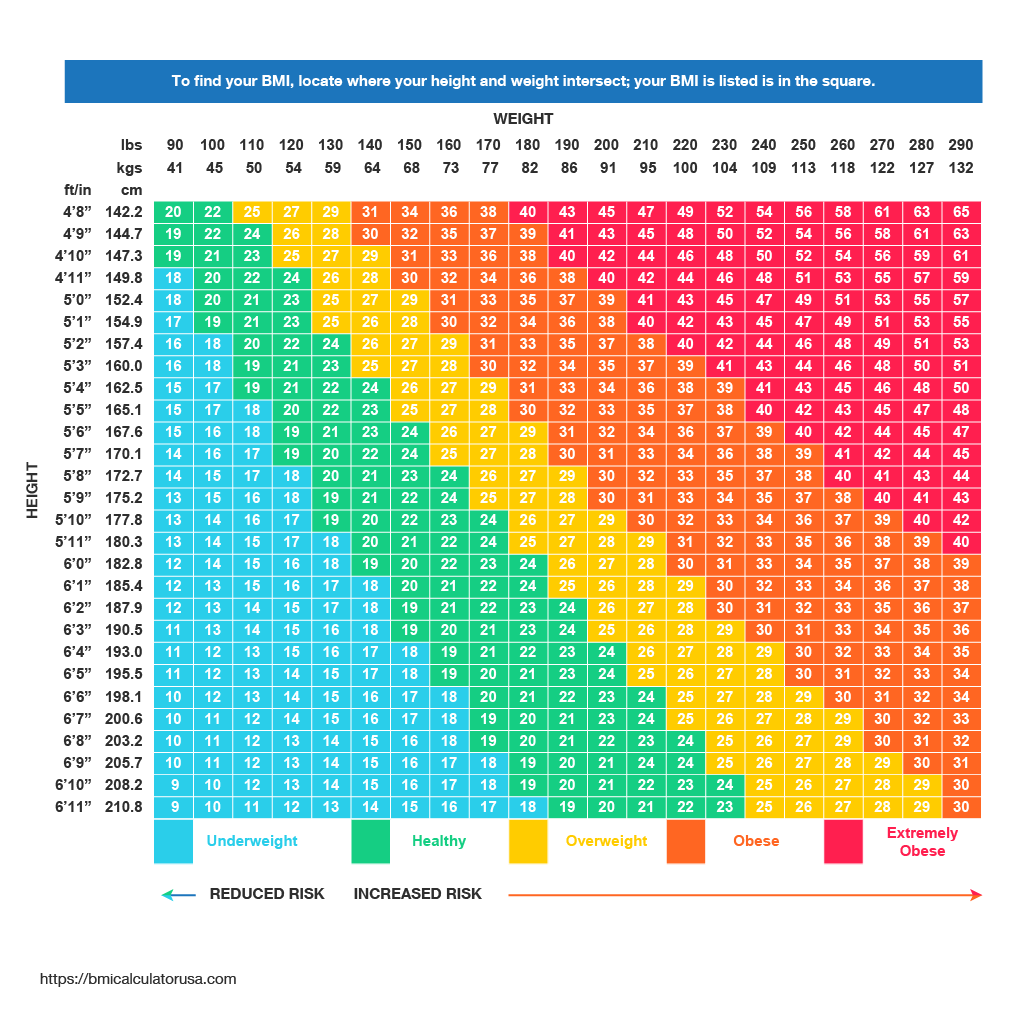
How to Reduce BMI for Women
As you look for ways how to lower BMI, you should also know that there are important, yet subtle, differences between the physiology of men and women. Specifically, women typically have 6-11% more fat compared to men as estrogen drastically reduces a woman’s ability to burn energy after eating.
This seemingly minor difference in body chemistry and composition creates unique challenges for women. As you may have figured out by now, you certainly have your work cut out for you. However, like with everything else, you can lower BMI faster by following the right approach.
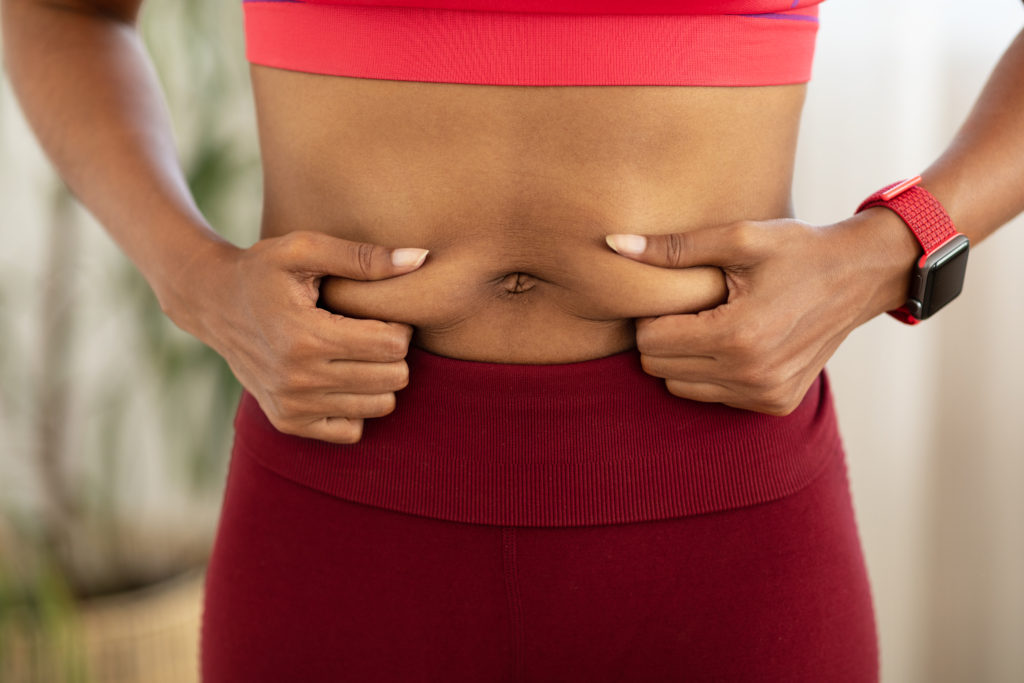
Best Diet to Lower BMI
That said, there are several ways to lower BMI faster depending on which category you find yourself in. This is worth noting if you are looking to reduce BMI. This is because what may be effective for women in the healthy/normal range may not be enough for obese and overweight women.
Presented here are the different approaches to a lower BMI diet.
Normal Range (18.5-24.9) Lower BMI Diet: Carb Cycling
It is perfectly common for women in the normal/healthy range to still look for ways how to lower BMI further. In this regard, carb cycling has been lauded as one of the best ways to reduce BMI. Specifically, carb cycling helps you burn fat and maintain peak physical performance. It is also effective in helping women overcome weight loss plateaus.
Carb cycling helps you optimize your carb intake. This approach stems off from the fact no macronutrient is inherently bad. Instead, carb cycling gives you a certain level of flexibility and freedom in terms of how you want to approach your weight loss journey.
Carb cycling entails following low, moderate, or high-carb diets for specific periods (cycles). Some women adjust their carb intake daily. Meanwhile, others follow longer cycles that can last for weeks or even months at a time. This is affected by several factors including your fitness routine and the number of calories you need to burn.
The science behind this is called carbohydrate manipulation. By doing carb cycling, you are trying to teach your body to burn alternative sources of fuel. In this case, you want your body to start burning fat instead of carbs. By doing so, you maximize the benefits of carbohydrates and cut it off when it isn’t needed.
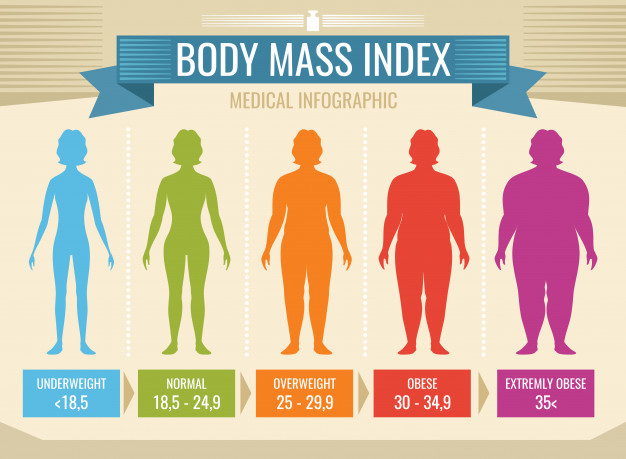
Overweight Range (25 – 29.9) Lower BMI Diet: Low Carb
Here, it becomes clear that there is no single approach to the matter of how to lower BMI. While women in the normal range are recommended to follow carb cycling, the same can’t be said for overweight women. Instead, we enjoin them to try a low-carb diet.
As its name suggests, a low-carb diet drastically restricts your carbohydrate intake. This takes into account all the usual suspects from pasta and bread to sugary foods. Instead, you will need to start eating more protein-rich food as well as green and leafy vegetables.
Obese Range and Higher (30+) Lower BMI Diet: Keto
Now, people categorized as obese shouldn’t lose hope. They can still reduce BMI safely. However, carb cycling and low-carb diets simply won’t be enough. Instead, they need to follow the keto diet to get rid of that excess fat efficiently.
Put simply, the ketogenic diet (more commonly known as Keto) focuses on maximizing your consumption of high-fat foods while also drastically cutting down on carbs. By doing so, the diet seeks to help your body reach the metabolic state known as ketosis. Ketosis is a highly efficient metabolic state wherein your body starts burning fat for energy.
How to Lower BMI and Body Fat Percentage in 14 Days
As made explicitly clear in the previous sections, body fat percentage and BMI share a strong connection. If you want to lower BMI fast, then you should also work on reducing the amount of fat you have in your system. You can even start seeing results in as little as 14 days.
That said, you need to commit to a lower BMI diet and regular exercise to get the job done. Here are some tips to make your journey easier.
Reduce Carbs
More often than not, we often consume more carbohydrates than we need. These excess carbs eventually turn to fat and unwanted weight gain. By making simple adjustments to your diet, you can train your body to start being less dependent on carbs and start burning fat for fuel.
The previous section discussed everything from carb cycling to low-carb diets and keto. Be sure to check which approach works best for your BMI category.
Eat More Green Veggies
Green and leafy vegetables are incredibly nutritious. They also contain high levels of antioxidants and an incredibly low number of calories. Introducing lots of green vegetables to your diet will lead to a myriad of health benefits including weight loss.

Consume the Right Amount of Lean Protein
Protein is another essential macronutrient in your diet as it builds and maintains the muscle and tissues in your body. However, most protein sources also include high levels of fat and carbs. That is why we recommend that you stick to lean proteins.
It is also worth noting that lean proteins promote satiety and suppress yourappetite – an indispensable element to safe and effective weight loss. Listed here are some of the lean protein sources you should try:
- Fish
- Lentils
- Greek Yogurt
- White Meat
- Chicken
- Tofu
That said, you should also ensure that you are getting the right amount of protein. It is recommended that you eat 0.8 – 1 gram of lean protein per pound of body weight. For instance, if you weigh 160 pounds and want to reduce BMI in 14 days then you need to eat 128 – 160 grams of lean protein. The calculations are as follows:
- Total daily protein = 0.8 X 160 =128 grams/day
- Total daily protein = 1 X 160 =160 grams/day
Remove Sodas, Juice, and Sugary Drinks from Your Diet
This should go without saying. After all, juice, sodas, and other similar drinks contain high levels of sugar. While they may taste great, they do nothing but make your weight-loss journey that much harder in the long run.
Instead, try drinking other beverages with no-sugar content like tea and coffee.
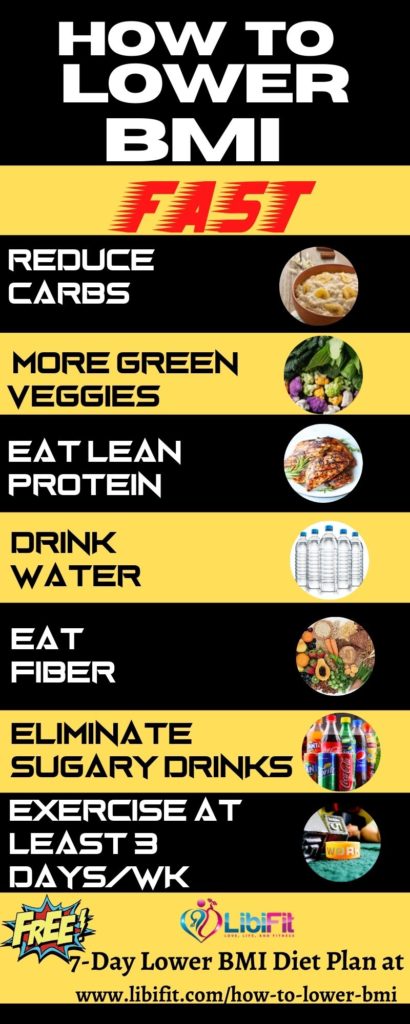
Drink Water
Keeping yourself hydrated is an important aspect of leading a healthy lifestyle. It can also make your goal of lowering BMI that much easier. This is because water also acts as a natural appetite suppressor. So, if you find yourself craving some snacks, maybe try drinking a glass of water instead.
Eat High Fiber Foods
High-fiber foods help keep you full longer and prevent overeating. This is because they require you to chew more thus helping you eat slower and better savor your meals. High-fiber foods include lots of grains, fruits, and vegetables, as well as seeds and nuts.
Plan Your Meals
The best way to control your diet and your BMI is by keeping a close eye on your food. Planning and preparing your meals is crucial as you are the one in charge of your portions and calorie count. The opposite is true if you choose to order out or do someone else do the cooking for you.
Exercise at Least 3 Times per Week
Aside from your diet, you also need to follow a regular exercise regimen. Reducing your body fat percentage is made significantly more difficult without consistent physical activity. Exercising at least three times helps you burn those calories and build your strength.
Best Exercises to Lower BMI
Diet is one of the most important components of lowering a woman’s BMI; however, exercising is very important concerning how to lower BMI. Here are some of the best exercising approaches to lower BMI.
HITT Training
High-intensity interval training is one of the best exercise regimens for lowering BMI. As its name suggests, it relies on optimal effort and a high heart rate to get your body to start burning calories at a faster rate.
Needless to say, HIIT leads to faster results compared to moderate and low-intensity workouts. However, it may not necessarily be for everyone. It can be especially jarring if you have been physically inactive for a long time before giving HIIT a try.
LISS
On the other end of the spectrum, you have Low-Intensity Steady State (LISS) training. Unlike HIIT that relies on pushing yourself to the breaking point using short, but intense, bursts of energy, LIIS encourages low-level physical exertion albeit for a long and continuous.
LISS can include hiking, walking, jogging, swimming at a relaxed pace. One great way to practice LISS in a gym is on the treadmill, stairmaster, or elliptical machine.
Here is a video discussing HIIT vs. LISS (Steady State). Honestly, I have used both for fat loss. However, take a look at this and decide which one is best for you. You should probably try both types to lower BMI.
Full Body Strength Training (3 Times Per Week)
Full Body Strength Training entails hitting all the major muscle groups in your body in a single workout. This is especially useful if you are just getting started as it lets you comprehensively build whole-body strength.
This program lets you build a lean muscle mass. Remember, lean muscle tissue gives your metabolism gets a major boost. More importantly, full-body strength training lets you identify any weak areas and adjust your routine accordingly. Interestingly, you only need to do this type of training three times a week. This gives you a lot of flexibility in terms of time management and doesn’t punish you for missing a day.
To lower BMI faster is no easy feat. Needless to say, this is easier said than done. That is why you must have a complete understanding of what BMI is, how it works, and the different factors involved. It is more than a number – it is a metric for your health.
Moreover, as a woman, you must also remember that there are specific ways to approach the challenge of reducing your BMI. If you want to see significant results in 14 days, then be sure to remember everything we’ve covered here.





































